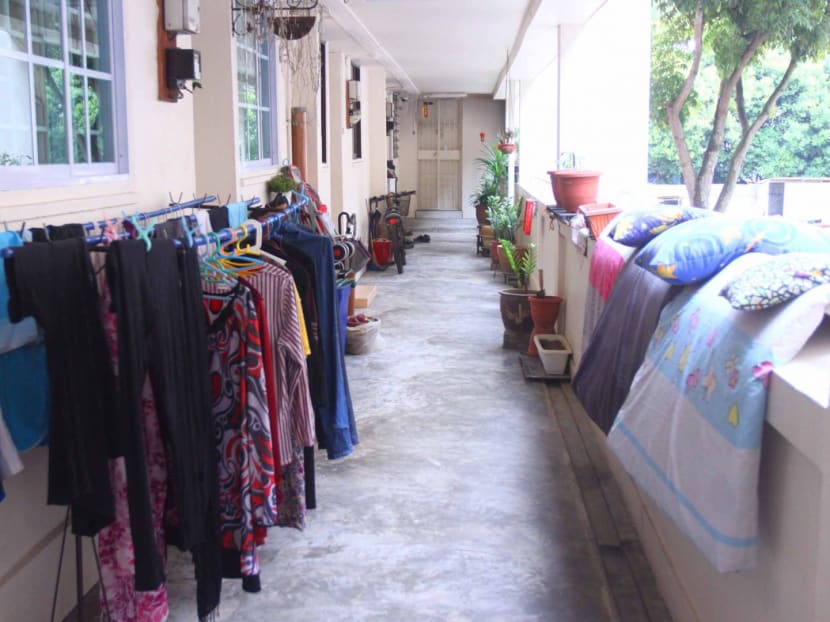One in 50 people here will hoard in their lifetime: Study
SINGAPORE — One in 50 people in Singapore will display hoarding behaviour in their lifetime, said a recent study believed to be the first to establish its prevalence here.
SINGAPORE — One in 50 people in Singapore will display hoarding behaviour in their lifetime, said a recent study believed to be the first to establish its prevalence here.
The study also found that 0.8 per cent of the 6,616 respondents surveyed had displayed hoarding behaviour in the past 12 months.
Reports of hoarders crop up periodically in the media — the latest was that of a man who had lived in Toa Payoh and died alone more than a month ago, but whose flat filled with items and pests could not be cleared initially as his next-of-kin could not be located.
Hoarding is the acquisition of, and inability to discard, items, although they appear to have no value, leading to clutter, distress and disability.
The study, Hoarding in an Asian Population: Prevalence, Correlates, Disability and Quality of Life, was led by Adjunct Assistant Professor Mythily Subramaniam of the Institute of Mental Health’s (IMH) research division and published in last November’s edition of ANNALS, the medical journal of the Academy of Medicine, Singapore.
The respondents were surveyed as part of the Singapore Mental Health Study between December 2009 and December 2010. The question, “Did you ever have a time in your life when you repeatedly carried out any of the following behaviours — always having to save things to the point where you could not throw away things that you no longer needed or cared about?”, was key in establishing hoarding behaviour.
At 2 per cent of the adult population, the lifetime prevalence of hoarding here is lower than the 4 per cent reported in studies done elsewhere, the researchers noted. Compared with other common mental illnesses here, hoarding is less prevalent than major depressive disorder (5.8 per cent of the adult population) and obsessive compulsive disorder, known as OCD (3 per cent of the adult population).
The IMH does not track figures for hoarding as it may be a sign of an underlying condition. For instance, a patient with schizophrenia may hear voices commanding him to hoard items and he will stop hoarding if anti-psychotic medication can get rid of the voices, said Dr Kelvin Ng, associate consultant at IMH’s department of Community Psychiatry.
However, some patients with intellectual disability and autism may have idiosyncratic behaviours or obsessional interests that cause them to hoard — in these cases, there is often no treatment, said Dr Ng, who is not among the study’s authors.
The IMH classifies hoarding as a mental disorder when certain criteria, including a persistent difficulty in discarding possessions regardless of their actual value, resulting in accumulation that clutters living areas and compromises their use, are met.
The majority of IMH’s patients who hoard came to its attention through community partners such as the Housing and Development Board, grassroots organisations or family members, said Dr Ng.
He recounted a case that surfaced about five months ago through the grassroots at a multi-agency meeting. It involved a middle-aged man hoarding items to the extent that his elderly mother had to spend most of the day outside their flat and sleep on top of the items in the flat at night.
The hoarder had panic attacks when the authorities began clearing the items and IMH professionals became involved, Dr Ng said. The man later sought help at Changi General Hospital and was supported by family service centres, while the authorities slowed down the clearing of items, he said.
Other findings of the study were that hoarders without OCD had a higher quality of life than those with the condition. Hoarders without OCD were less likely to be obsessed with contamination — the persistent fear of coming into contact with things, real or imagined, that are filthy or harmful — and ordering. Among those with OCD, the lifetime prevalence of hoarding behaviour was 22.6 per cent.
The researchers did not find an association between age and hoarding.







